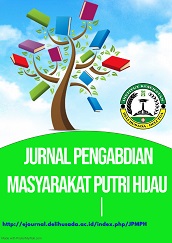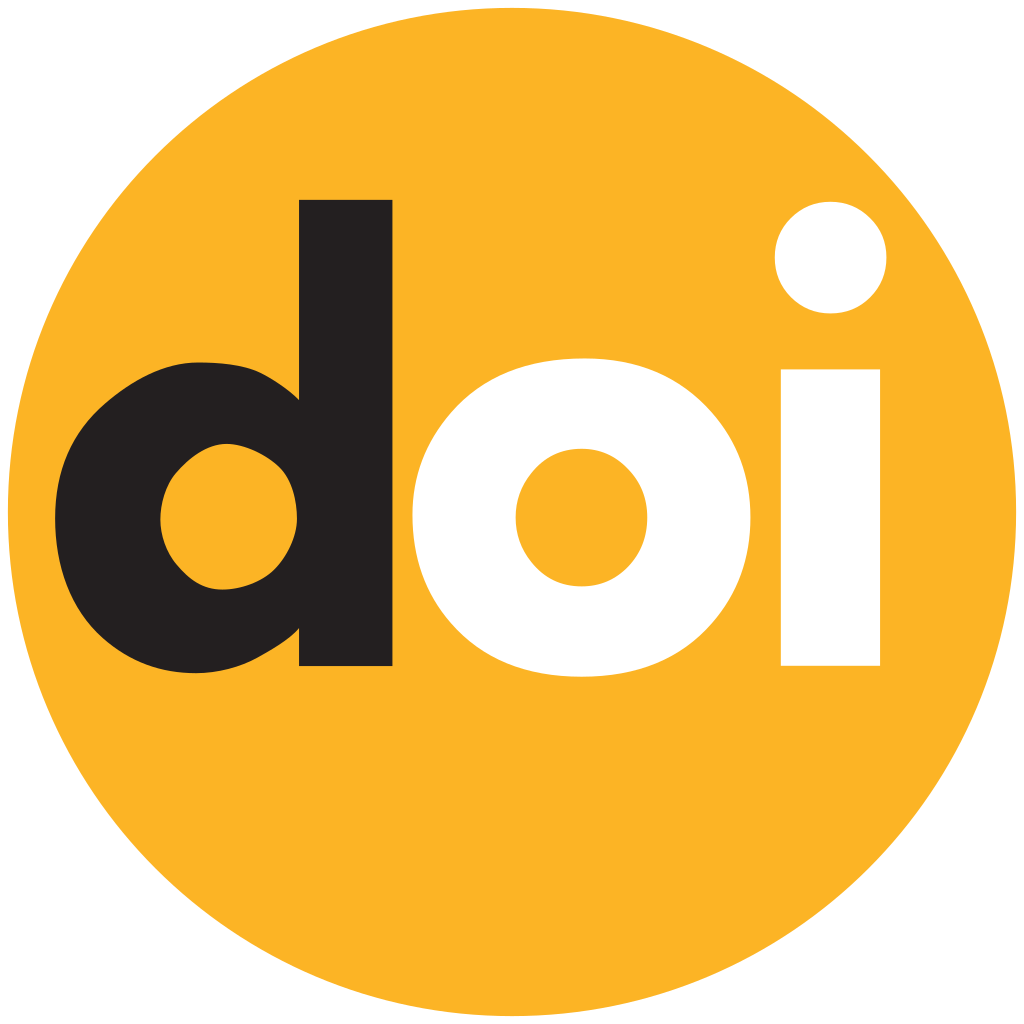PENYULUHAN TENTANG PEMANFAATAN DAUN BANGUN-BANGUN (COLEUS AMBOINICUS LOUR.) TERHADAP PENINGKATAN PRODUKSI ASI
Abstract
A systematic analysis of non-communicable diseases (NCD) risk factors, globally in 21 countries in 1999-2010, showed that not optimal of breastfeeding was one of the risk factors contributing to the development of NCD. According to research reported that limited of milk production is the main reason for mother’s not giving exclusive breastfeeding to the infant. As an alternative solution to treat these problems, used galactopoetics herbs are highly recommended. The medicinal-herb interactions associated with galactagogues have concrete evidence, but the evidence explaining the mechanism of action of herbs as galactagogues is still very limited and scares. One of the pharmacological-used plants has been used as galactagogues, is Coleus amboinicus Lour. In vivo studies using animals and human experiments showed that this plant had anti-diabetic activity, immunomodulator, analgesic and lactagogue. However, this has not been widely socialized to postpartum mothers. The purpose of this activity is to provide education to post-partum mothers regarding plants that can increase breast milk production. The method of implementing this activity is the socialization to postpartum mothers about the benefits of the leaves of the wakes (Coleus Amboinicus Lour.) on increasing breast milk production. The result of this activity is that postpartum mothers can find out and utilize traditional plants such as the wake-up leaf (Coleus Amboinicus Lour.) and can apply it directly to increase milk production.
References
Balitabangkes Kemenkes. (2018). HASIL UTAMA RISET KESEHATAN DASAR (RISKESDAS)
Brown, CR., dkk. (2014). FACTORS INFLUENCING THE REASONS WHY WOTHERS STOP BREASTFEEDING. Can J Public Health ; 105 (3) : E179 - 85
Cai, X., Wardlaw, T., Brown, DW. (2012). GLOBAL TRENDS IN EXCLUSIVE BREASFEEDING. Int Breastfeeding J. 7 : 12
Damanik, RM., dkk. (2017). EVALUATION LACTOGENIC ACTIVITY OF ETHYL ACETATE FRACTION OF TORBANGUN (COLEUS AMBOINICUS L.) LEAVES. IOP Conf. Sex : Earth Environ. Sei ; 101:1-10
Khamis, AG., dkk. (2017). PREVALENCE OF EXCLUSIVE BREASTFEEDING AND ITS PREDICTORS AMONG MOTHERS IN MICHEWENI, CHAKE-CHAKE AND NORTH ‘A’ DISTRICTS, ZANIBAR. Clin Mother Child Health. 14-2
Lim, S., dkk. (2012). A COMPARATIVE RISK ASSESSMENT OF BURDEN OF DISEASE AND INJURY ATTRIBUTE TO 67 RISK FACTORS AND RISK FACTORS CLUSTERS IN 21 REGIONS, 1999-2010 : Systematic and Analysis For The Global Burden of Disease Study 2010. Lancet 380 : 2224-60
Mortel, M., dan Mehat, SD. (2013). SYSTEMATIC REVIEWOF THE EFFICACY OF HERBAL GALACTOGOGUE. J Hum Lact. 29 (2) : 154-62
Onah, S., dkk. (2014). INFANT FEEDING PRACTICES AND MATERNAL SOCIO-DEMOGRAPHIC FACTORS THAT INFLUENCE PRACTICE OF EXCLUSIVE BREASTFEEDING AMONG MOTHERS IN NNEWI SOUTH-EAST NIGERIA : A Cross-Sectional And Analytical Sudy. Int Breastfeeding J. 9.6
Rollins, NC., dkk. (2016). WHY INVEST AND WHAT IT WILL TAKE TO IMPROVE BREASTFEEDING PRACTICES? Lancet ; 387 (10017) : 491
Stuebe, AM., Grewen, K., Meltzer-Brody, S. (2013). ASSOCOATION BETWEEN MATERNAL MOOD AND OXYTOCIN RESPONSE TO BREASTFEEDING. J. Women’s Health ; 22:352
Tabares, FP., Jaramilo, JVB., Ruiz-Cortés, ZT. (2014). PHARMACOLOGICAL OVERVIEW OF GALACTOGOGUES. Vet Med Int. 1-20
UNICEF. (2018). INFANT AND YOUNG CHILD FEEDING – UNICEF Data
Victoria, CG., dkk. (2016). BREASTFEEDING IN THE 21ST CENTURY: Epidemiology, Mechanicsm and Lifelong Effect. Lancet 87 (10017) : 479
WHO. (2013). BREASTFEEDING. World Health Organization
WHO. (2019). GLOBAL NUTRITION TARGETS 2025: Breastfeeding Policy Brief : World Health Organization












